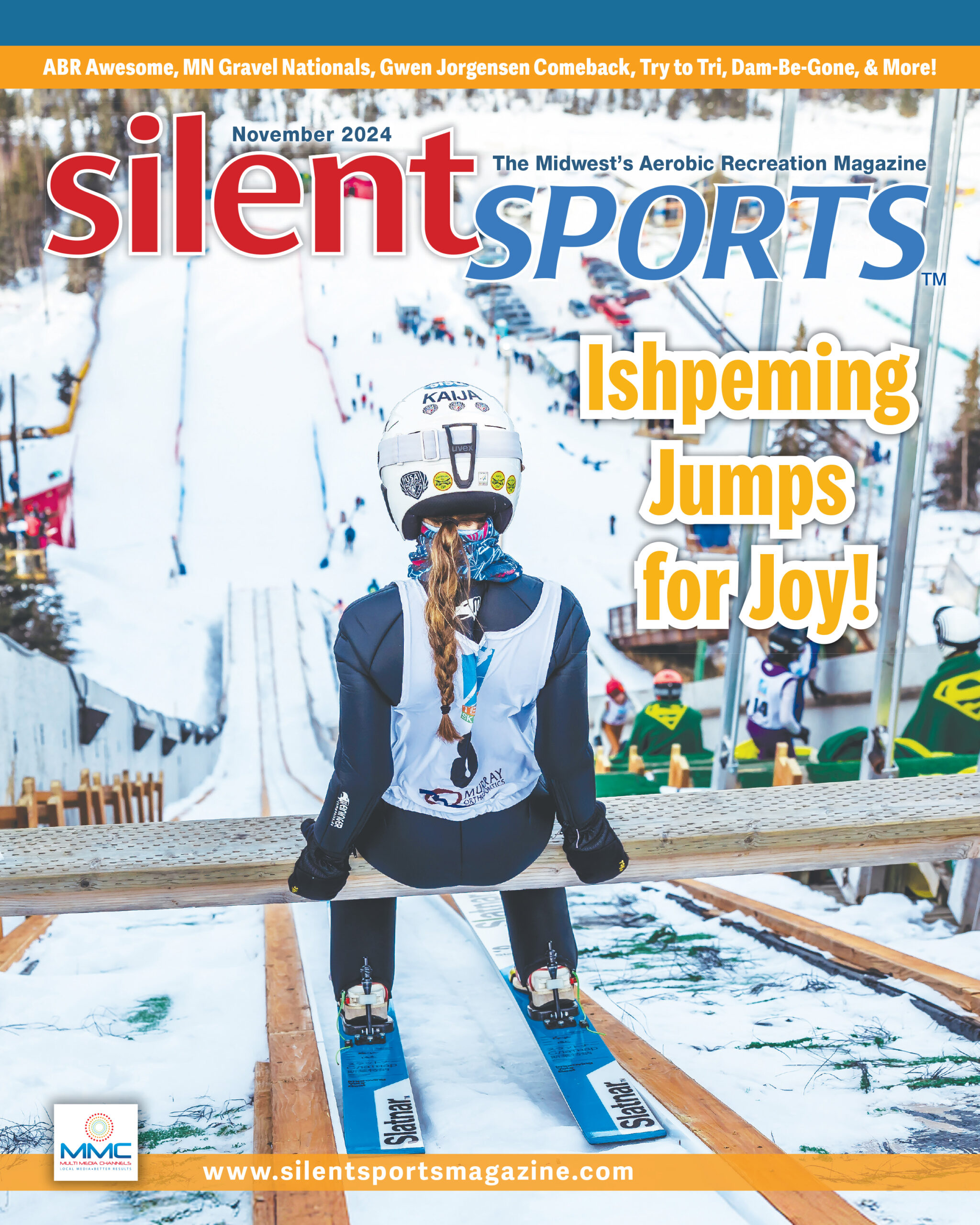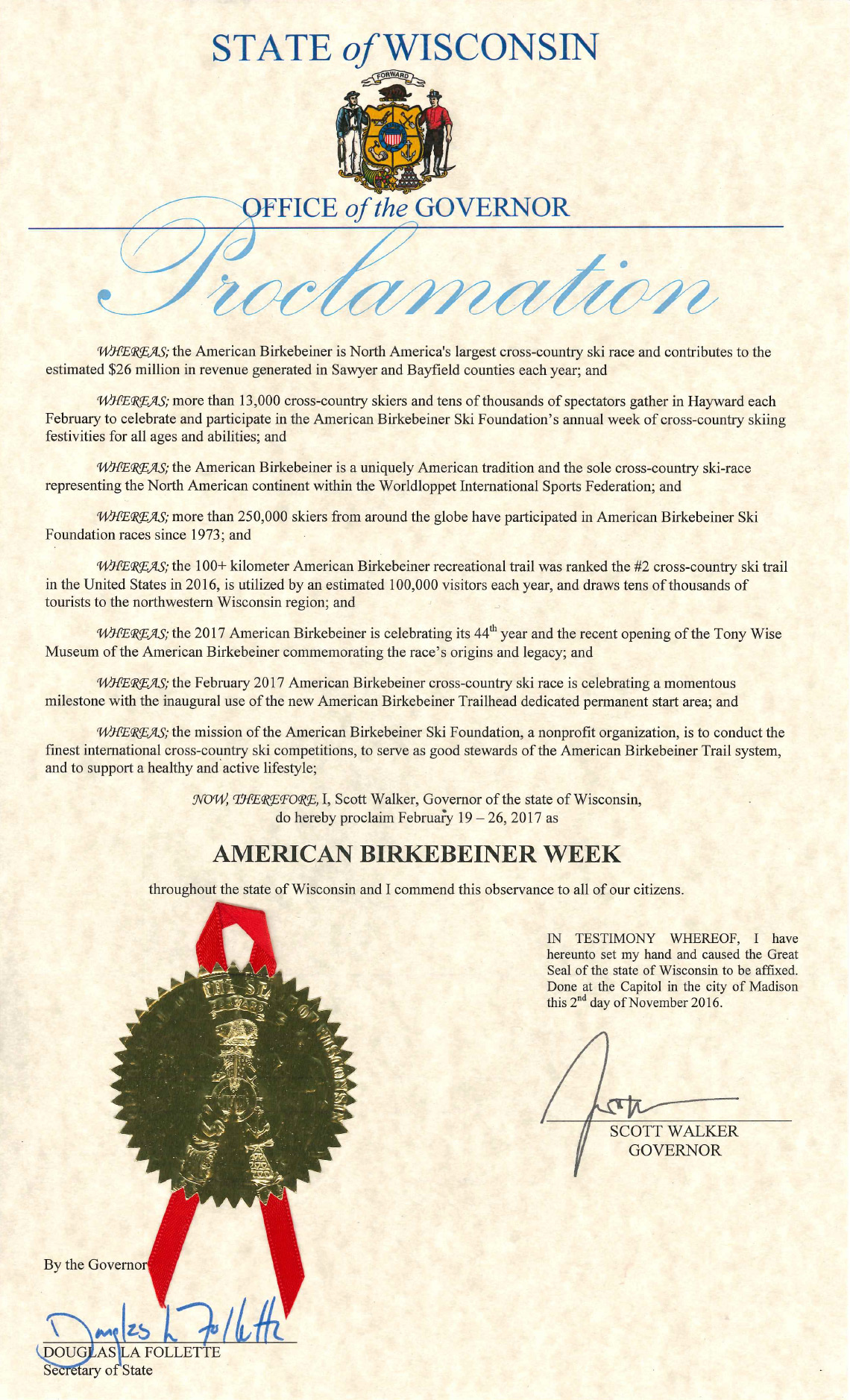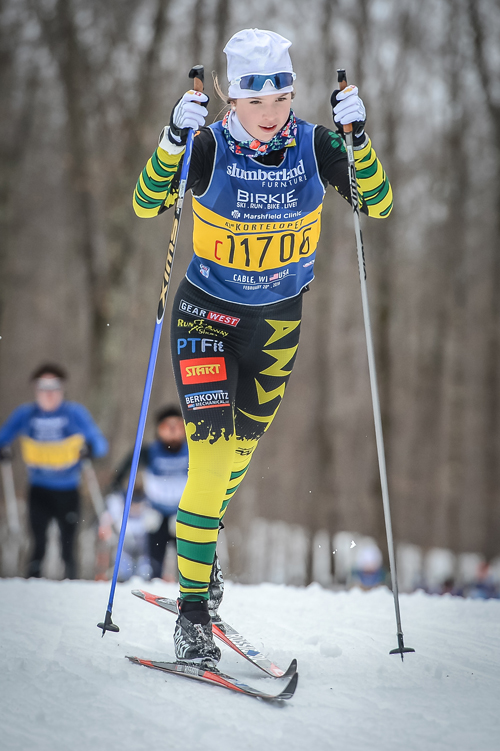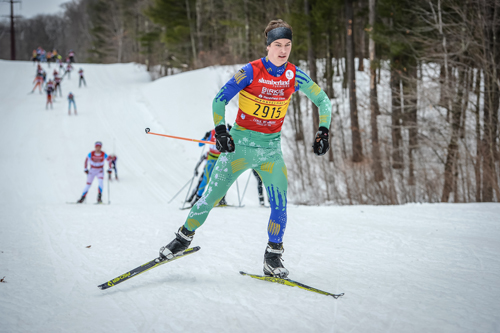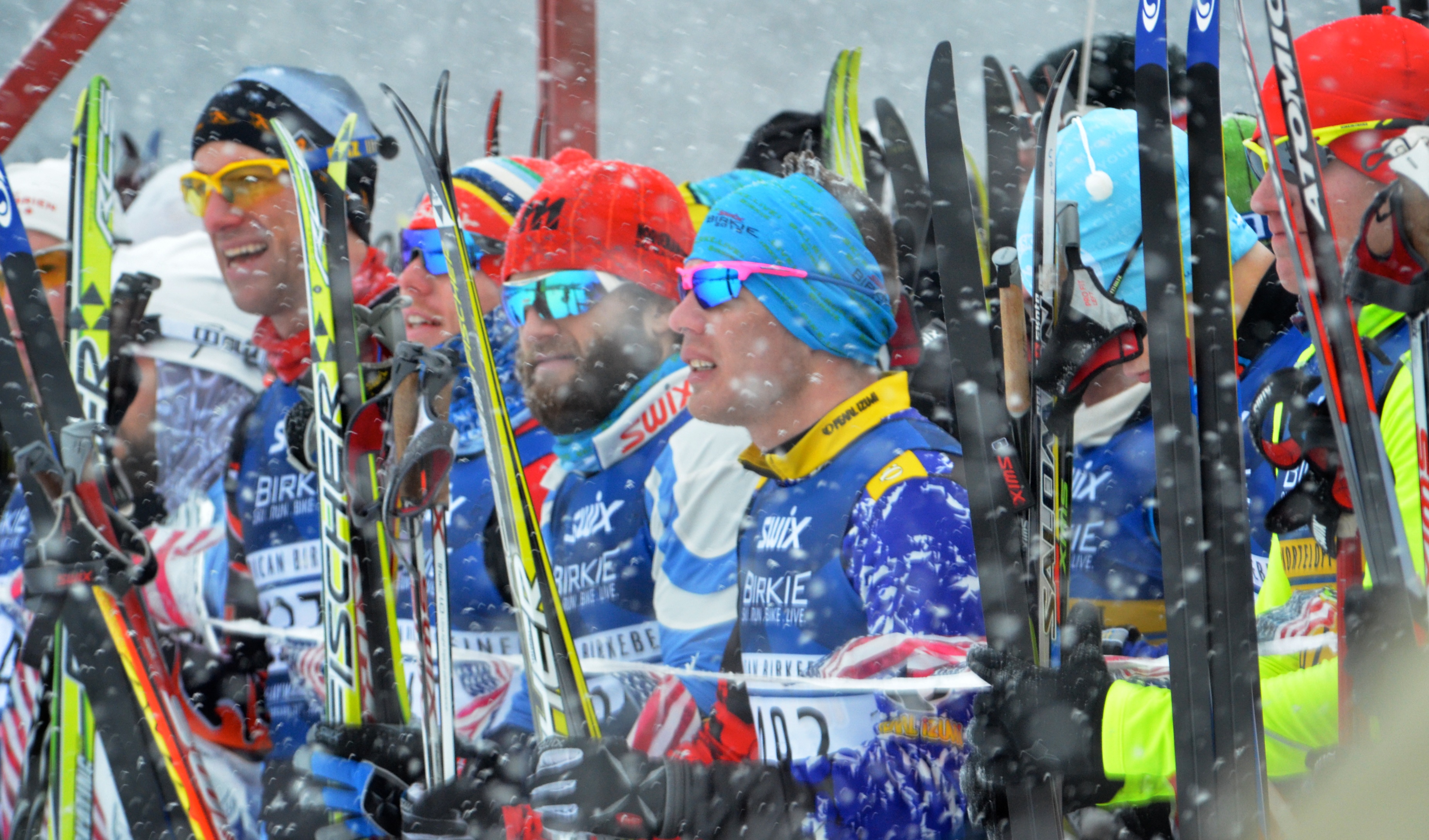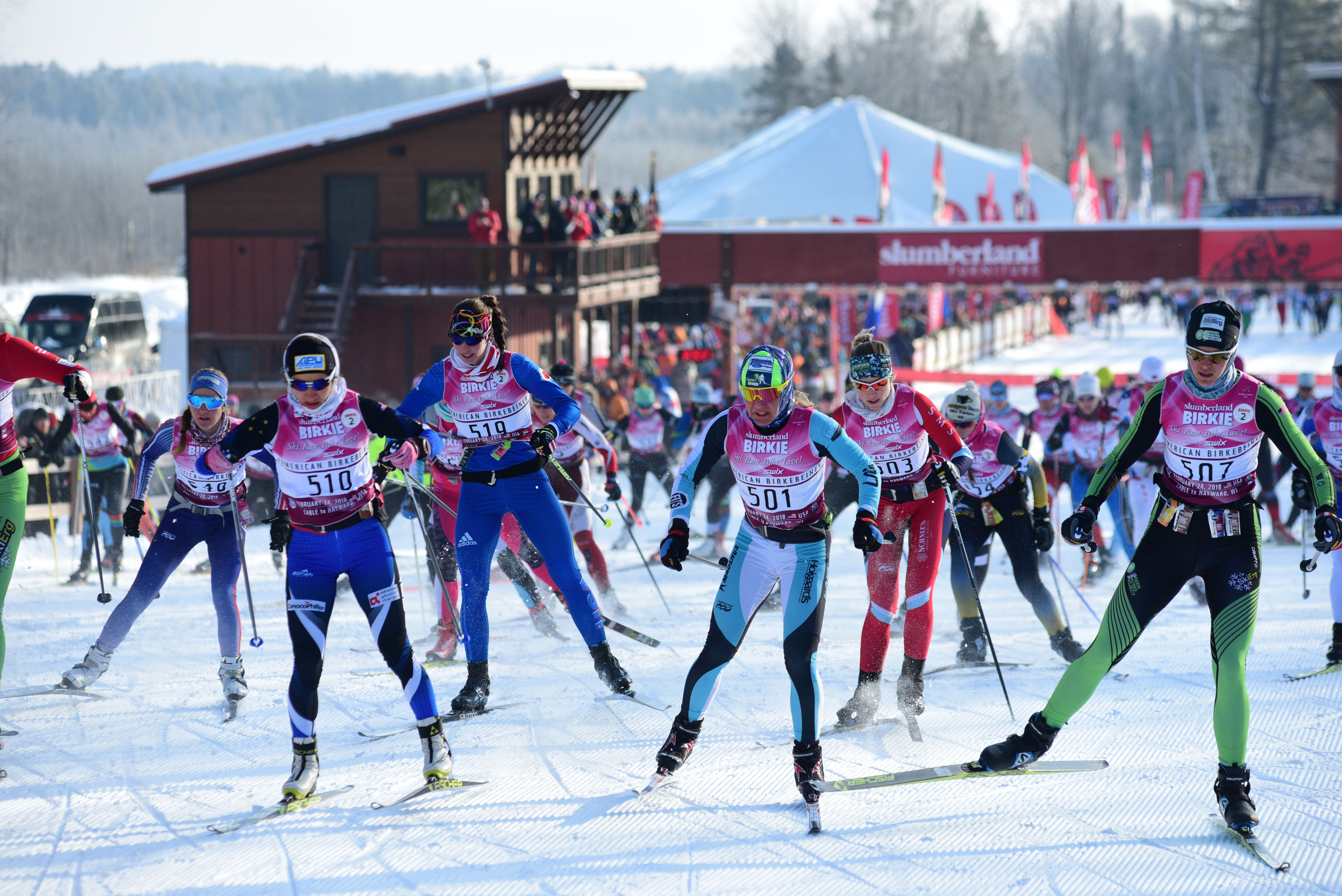Blast from the past
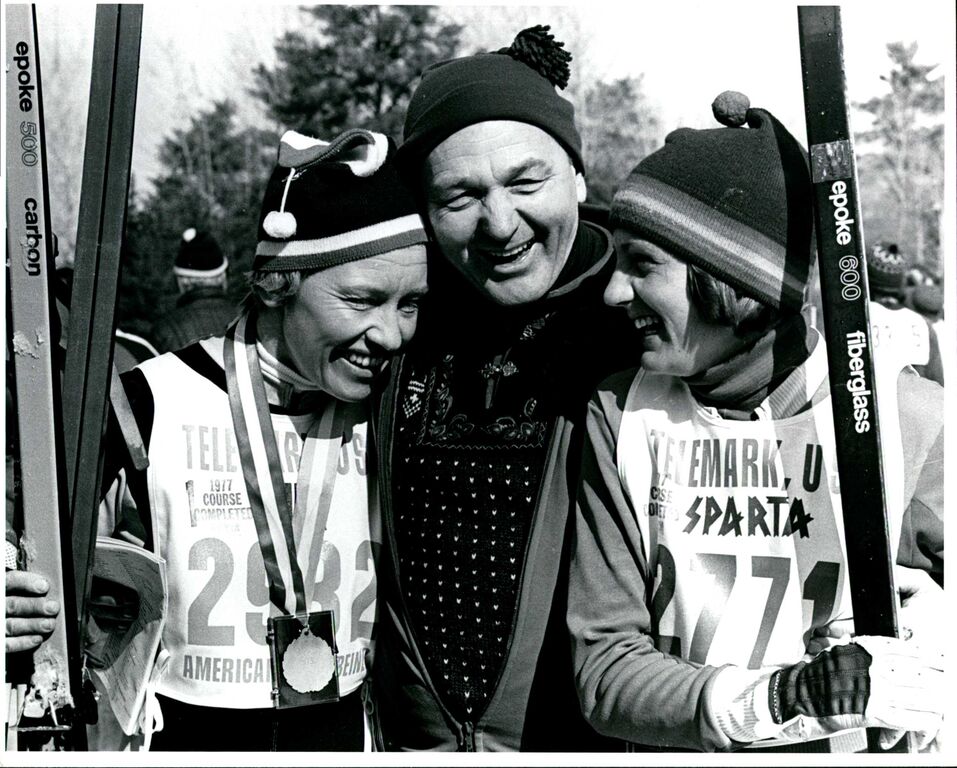
Birkie HQ expands to house Tony Wise Museum
by Joel Patenaude
At one end of Main Street in downtown Hayward is the finish line for skiers of the American Birkebeiner, the hallowed destination of thousands of cross-country skiers every February.
At the other is erected the International Ski Bridge, a re-creation of the structure Tony Wise, the Birkie’s creator, had built for skiers to dramatically announce their arrival downtown. There, too, are the permanent offices of the Birkie – unlike the bridge, which was impressively assembled for race weekend in 2015 and will reappear this month.
Birkie HQ recently underwent a major renovation and expansion, primarily to make room for the future Tony Wise Museum of the American Birkebeiner. The 1,000-square-foot museum, slated to open in May, will house and celebrate more than 40 years of “Birkie Fever.”
“Many of the thousands of Birkebeiner and Kortelopet skiers have never heard of the legacy of Tony Wise, who died 20 years ago in 1995,” said Gale Otterholt, president of the Birchleggings Club, which is open to skiers who have completed 20 or more Birkies. “It was Tony that somehow got 35 skiers, known as the founders, to line up on the ice of Lake Hayward that cold February day in 1973. He fired a shot to start that first Birkie that still reverberates to this day.”
According to Otterholt, the first race course was not well marked “and many skiers found different paths to the finish at Mt. Telemark in Cable,” the opposite direction the course is raced today.
“Many of the finishers of that first race vowed they would never again do the race,” he said. Nevertheless, some not only returned, they brought family and friends. The following year, 98 skiers started the race, and the number has increased steadily. In 2015, some 10,000 skiers and 20,000 spectators attended the events on Birkie weekend.
What the museum will hold
The centerpiece of the new Birkie museum will be a three-dimensional model of the Birkie Trail, the size of a pool table, with buttons which, when pushed, will light up the skate and classic courses and aid stations, according to museum planner Allison Slavick.
She said the museum will also feature two hours worth of 16mm film taken at the race in 1974 through the early 1980s. The footage includes interviews with skiers such as Jacque Lindskoog, the unofficial women’s winner of the first Birkie having toed the line with 34
men.
A race bib from that inaugural 1973 event will also be on display, Slavick said, as will an electronic scrapbook with a touch screen guiding viewers through every race held since then. She said an eight-foot by five-foot black-and-white aerial photograph of the start of the 1979 race will cover one wall.
Between the Birchleggers Club, the Birkebeiner Ski Foundation and the Wisconsin Historical Society, where Tony Wise’s records are archived, there is an abundance of material and memorabilia around which to build a museum.
“You’d be surprised how many people have written poetry and song lyrics and sent them in,” Slavick said, citing one example.
Museum founder-donors sought
For the same reason, preparing the museum for its opening this spring will be a huge and not inexpensive undertaking. Slavick said about 25 percent of the $150,000 needed to complete the museum was raised by mid-December.
Like the first skiers of the Birkie, the first donors of $100 or more to the project will receive permanent acknowledgment as “museum founders.” Donations can be made in honor of friends or family members. More information can be found at birkie.com/museum.
“I feel very lucky to help bring this museum about,” Slavick said. “It will be something everyone can be proud of.”
Joel Patenaude is the editor of Silent Sports.

